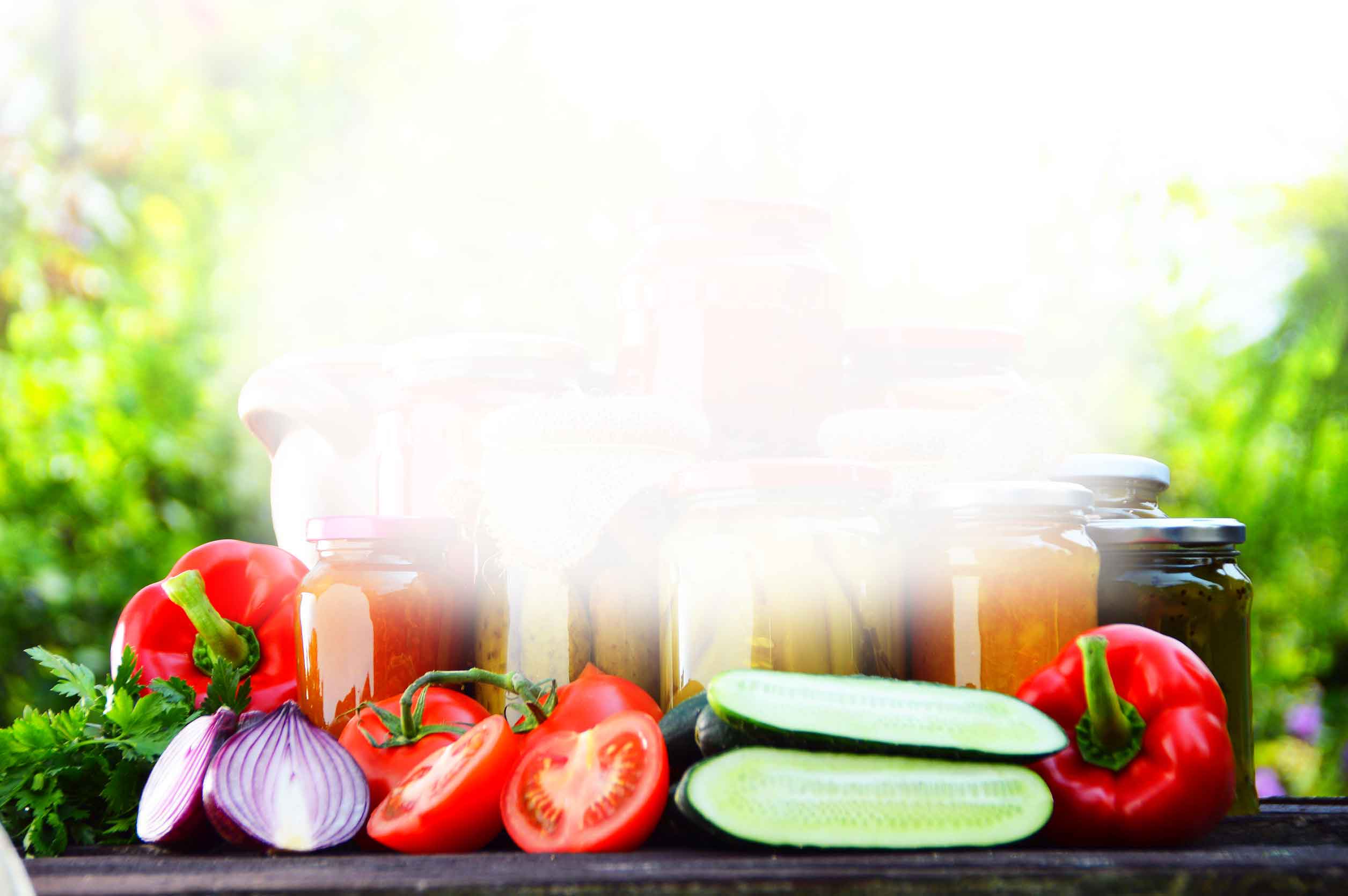Podcast: Play in new window | Download (Duration: 55:03 — 77.1MB)
Subscribe: Apple Podcasts | RSS
Peaches are one of the easiest things to preserve while offering some of the highest rewards. Though labor-intensive, home canning peaches requires no specialized knowledge, recipes, or technical prowess. Over time I have learned some tips & tricks to canning my own peaches that can make canning peaches that much easier for you. Once you learn how simple canning peaches really is, you are sure to be a fan for life.
In today’s session I also speak to a concept I call “canning burnout” wherein we grow tired of home canning this late in the season. The Main Event is an in-depth, step-by-step walkthrough of how to can peaches. Listen and you will learn:
- Tools and equipment needed for home canning peaches.
- Fruit selection.
- Proper cleaning and preparation.
- An easy way to rapidly peel large volumes of peaches.
- Ways to remove the pit from the peach so the fruit itself can be saved.
- Methods for packing your jars and the pros/cons of each.
- Importance of water selection.
- Optional things you can add to your peaches to safely change the flavor profile.
Recipes Referenced This Session —
Canned Peaches Go to page 2-19 in Guide #2 found at this link from USDA Complete Guide to Home Canning, 2009 revision.
Peach Jam with powdered pectin.
Peach – Orange Marmalade without added pectin
Peach Pie Filling Go to page 2-30 in Guide #2 found at this link from USDA Complete Guide to Home Canning, 2009 revision.
Peach / Apple Salsa Go to page 2-24 & 25 in Guide #2 found at this link from USDA Complete Guide to Home Canning, 2009 revision.
Tools, Equipment & Resources Discussed This Session —
Back to Basics 286 5-Piece Home Canning Kit* This is a MUST-HAVE set of tools that will make your home canning efforts SO much easier.
Stainless Steel Bowl* I love, love, LOVE my stainless steel bowls. I have three of them in this size. Easy to clean, don’t break, etc. A must have for my kitchen.
Presto 16-quart canner* (works for boiling water bath and pressure processing) This is the canner I’ve been using since I first started in summer 2006 – Love it! It’s good for boiling water and pressure processing.
Food-grade Mineral Oil for your wooden cutting board. You want to oil the wooden boards one week ahead of when you plan to use them for your canning. It gives the oil time to soak in. Also, never use olive or vegetable oils for your cutting boards. It will turn rancid.
* Note: These are all affiliate links on which I earn a small commission if you make a purchase for which I am most grateful.
Pictures from My Kitchen Canning Peaches
Canning of any kind seems to take over my kitchen. The plastic bucket on the floor is from my having rinsed off the peaches with the garden hose outside. I used the bucket to carry them into the house where the processing continued. You can see two of my stainless steel bowls on the counter top.
I shuttle the raw peaches back-and-forth into the boiling water bath on my stove top where they soak for 1-2 minutes. They then get moved right away into a sink full of cold water. That makes the skins then slip right off! But make you add either ascorbic acid or lemon juice to the water. It keeps the peaches from turning brown on you once skinned.
If you don’t have a large-mouth funnel, the picture above shows why it is such an important tool to filling your jars with the smallest amount of mess possible. The wooden cutting board in the foreground was oiled using a food-grade mineral oil one week ahead of time (this allows the oil to soak into the wood better).
Pictures from My Botulism Experiment.
The Jar in the middle shows what corn looks like one week later after having been processed using a boiling water bath method of processing. Pressure processing is the ONLY safe way to can corn. The two bigger jars were safely processed using pressure processing. Look closely at the second, larger picture of the corn. This is the smaller jar. You can see gas bubbles. You should not have gas bubbles forming in your canned food. Anytime you see that you should immediately discard the jar in a way that humans and animals can NEVER get to it. It could kill them!
America’s Bravest Firefighter Tribute Video
This is the video I referenced in this week’s podcast. I found it to be a tasteful dedication to the work our firefighters do for us everyday all around the world. I tell the story in the podcast of the honor given to me at this year’s 9-11 ceremony in my town. I was asked to ring the bell for what’s called the 5-5-5 signal sounded in days past to alert the community of the death of a firefighter. I think you’ll enjoy this video.
The person who put the video together included Gavin DeGraw’s song, “Soldier”. Click here to go to Amazon where you can buy your own copy (affiliate link)

